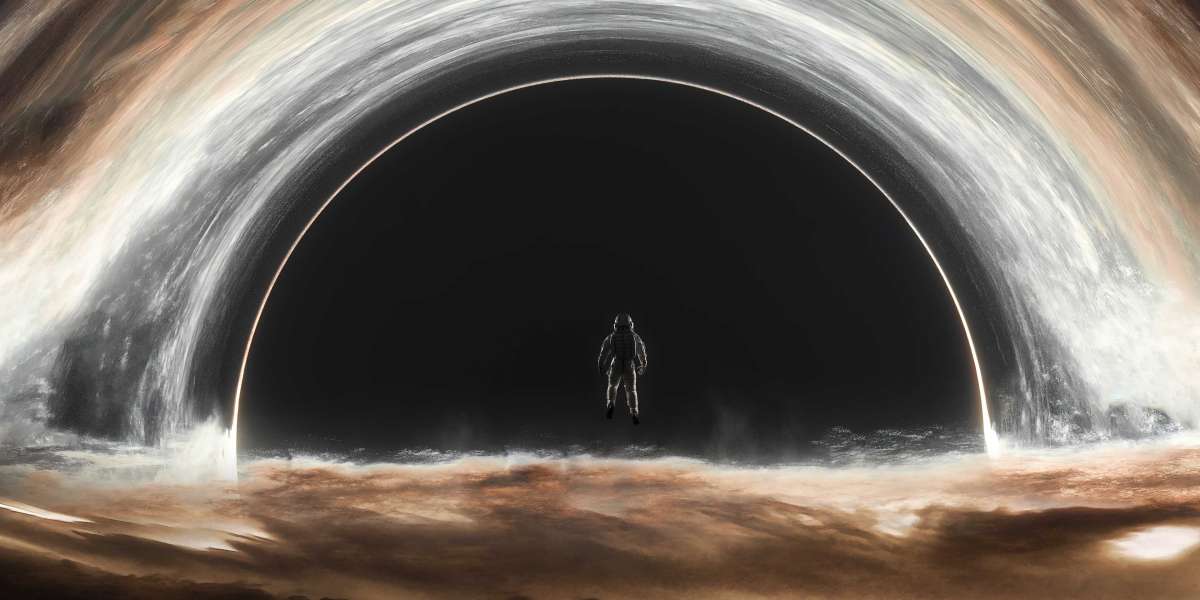Espresso is more than just a quick caffeine fix; it is a complex beverage that embodies a rich history and intricate preparation methods. Understanding the parts of an espresso can enhance your appreciation for this beloved drink. In this article, we will explore the essential components that contribute to the unique flavor and experience of espresso.

1. The Coffee Beans
The foundation of any espresso is the coffee beans. Typically, espresso is made from Arabica or Robusta beans, each offering distinct flavor profiles. Arabica beans are known for their sweetness and acidity, while Robusta beans provide a stronger, more bitter taste. When selecting beans, consider the roast level:
- Light Roast: Bright and fruity flavors.
- Medium Roast: Balanced flavor with moderate acidity.
- Dark Roast: Rich, bold flavors with a hint of bitterness.
Choosing the right beans is crucial, as they significantly influence the overall taste of the espresso.
2. The Grind Size
The grind size of the coffee beans is another vital component in the parts of an espresso. A fine grind is essential for espresso preparation, as it allows for optimal extraction during the brewing process. If the grind is too coarse, the water will flow through too quickly, resulting in a weak and under-extracted shot. Conversely, a grind that is too fine can lead to over-extraction, producing a bitter taste. Achieving the perfect grind size is a matter of experimentation and adjustment.
3. The Brewing Process
The brewing process is where the magic happens. Espresso is made by forcing hot water through finely-ground coffee under high pressure. This method extracts the rich flavors and oils from the coffee, creating a concentrated shot. The ideal brewing temperature is between 190°F and 205°F, and the extraction time should be around 25 to 30 seconds. Have you ever wondered why some espresso shots have a beautiful crema on top? This golden layer is formed during the brewing process and is a sign of a well-extracted espresso.
4. The Equipment
The equipment used to brew espresso plays a significant role in the final product. A quality espresso machine is essential for achieving the right pressure and temperature. Additionally, a good grinder is necessary to ensure a consistent grind size. Here are some common types of espresso machines:
- Manual Machines: Offer complete control over the brewing process.
- Semi-Automatic Machines: Combine manual and automatic features for convenience.
- Fully Automatic Machines: Simplify the process with one-touch brewing.
Investing in quality equipment can elevate your espresso experience significantly.
Conclusion
In summary, understanding the parts of an espresso—from the coffee beans and grind size to the brewing process and equipment—can greatly enhance your appreciation for this exquisite beverage. By paying attention to these components, you can create a delicious espresso that reflects your personal taste. Whether you are a seasoned barista or a casual coffee drinker, exploring the anatomy of espresso will deepen your connection to this timeless drink.







